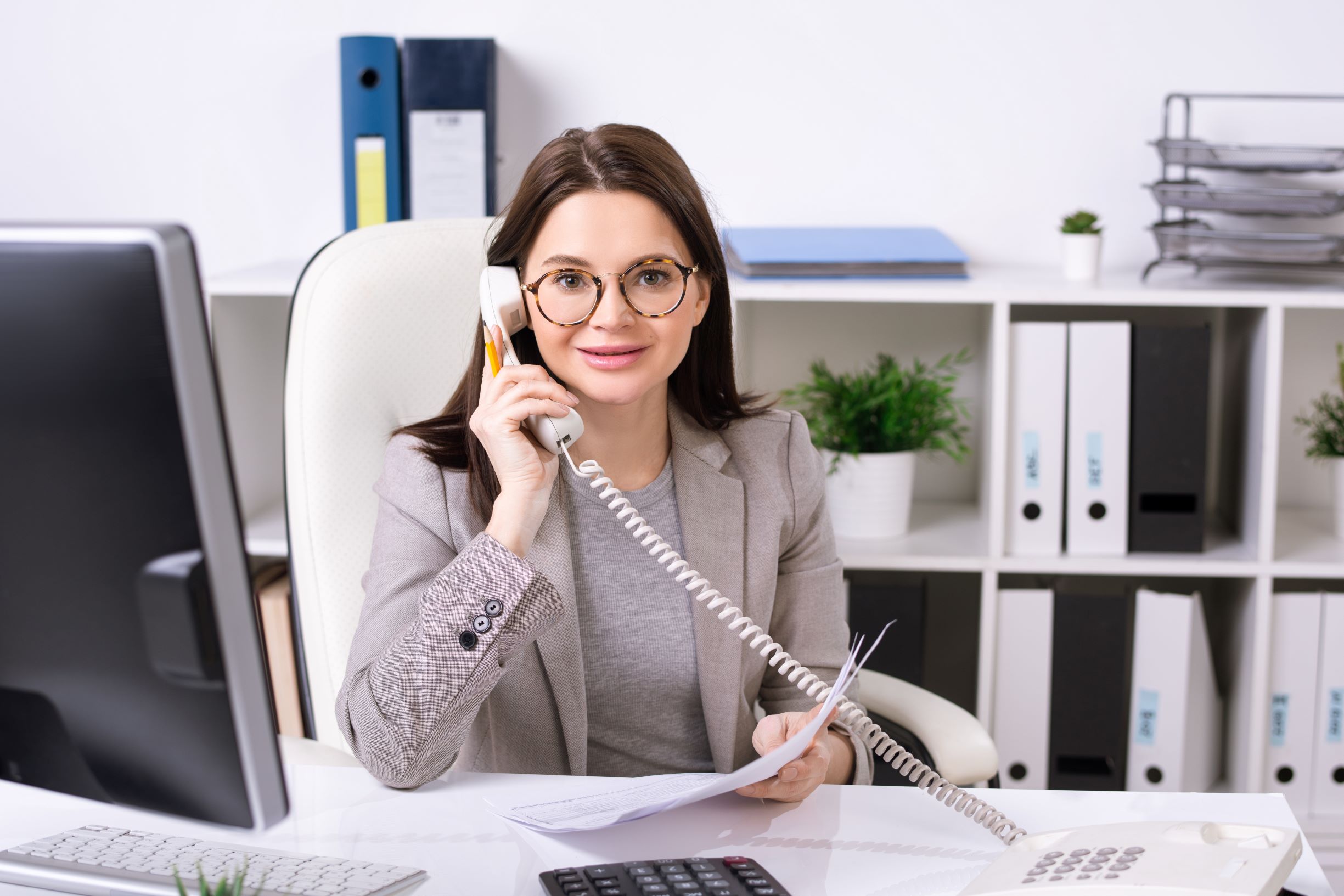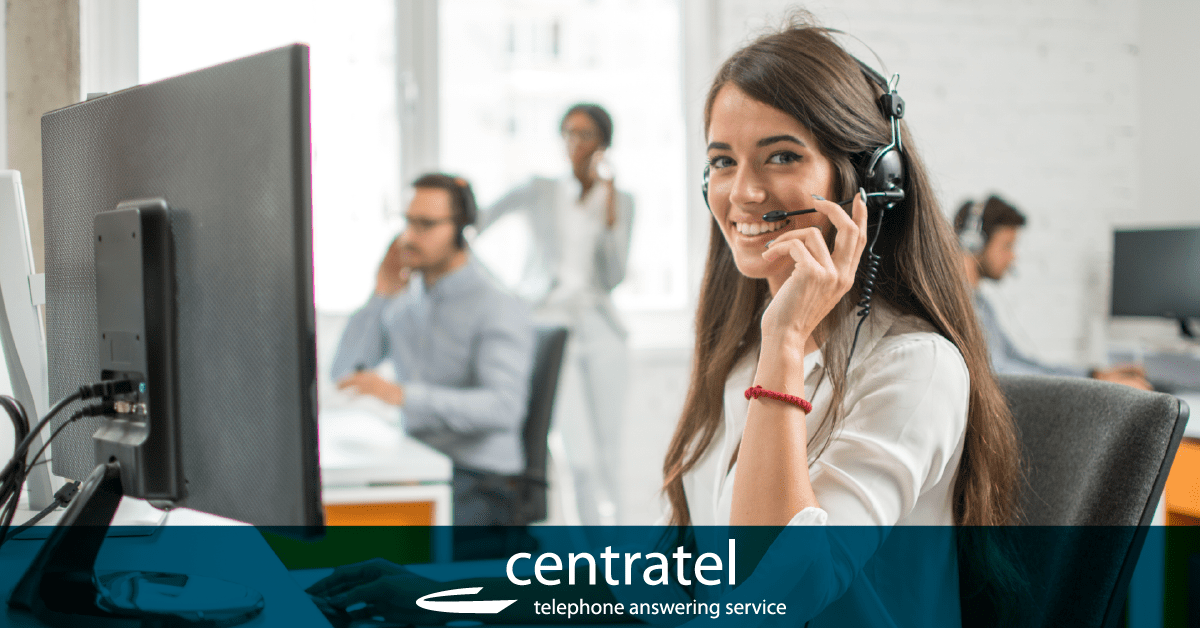All Categories
Featured
Table of Contents
- – What Is The Best Phone Answering Service - Inte...
- – What Is The Best Spring How To Start An Answer...
- – What Is The Best 9 Best Answering Service Prov...
- – What Is The Best Automated Answering Services...
- – How To Choose The Best Answering Machine
- – How Much Does Automated Answering Services -...
What Is The Best Phone Answering Service - Intelligent Office For The Money
This gadget and its successors were developed by Sava Jacobson, an electrical engineer with a private consulting company. While early voice mail utilized magnetic tape technology, the majority of modern equipment utilizes strong state memory storage; some devices utilize a combination of both, with a solid-state circuit for the outbound message and a cassette for the inbound messages.
"toll saving" listed below) (phone call answering). This is useful if the owner is screening calls and does not want to consult with all callers. In any case after going, the calling celebration should be informed about the call having been answered (in many cases this starts the charging), either by some remark of the operator, or by some welcoming message of the TAD, or resolved to non-human callers (e.
This holds particularly for the Little bits with digitally saved welcoming messages or for earlier devices (prior to the increase of microcassettes) with an unique limitless loop tape, separate from a 2nd cassette, committed to recording. There have actually been answer-only devices without any recording capabilities, where the welcoming message had to notify callers of a state of existing unattainability, or e (business call answering service).
What Is The Best Spring How To Start An Answering Service Business

about schedule hours. In tape-recording Little bits the greeting usually consists of an invite to leave a message "after the beep". A voice mail that uses a microcassette to tape-record messages On a dual-cassette answerphone, there is an outgoing cassette, which after the specified number of rings plays a pre-recorded message to the caller.

Single-cassette voice mail include the outgoing message at the beginning of the tape and incoming messages on the staying space. They first play the announcement, then fast-forward to the next readily available space for recording, then record the caller's message. If there are many previous messages, fast-forwarding through them can trigger a considerable hold-up.
This beep is frequently referred to in the welcoming message, requesting that the caller leave a message "after the beep". TADs with digital storage for the recorded messages do disappoint this delay, naturally. A little might use a push-button control facility, where the answerphone owner can ring the house number and, by going into a code on the remote telephone's keypad, can listen to taped messages, or delete them, even when away from home.
What Is The Best 9 Best Answering Service Providers For 2023 [Reviewed] Available Today

Consequently the maker increases the number of rings after which it responds to the call (normally by two, leading to 4 rings), if no unread messages are presently stored, but responses after the set variety of rings (generally two) if there are unread messages. This permits the owner to learn whether there are messages waiting; if there are none, the owner can hang up the phone on the, e.
Some devices also permit themselves to be remotely activated, if they have been turned off, by calling and letting the phone ring a specific a great deal of times (usually 10-15). Some provider abandon calls currently after a smaller number of rings, making remote activation difficult. In the early days of TADs an unique transmitter for DTMF tones (dual-tone multi-frequency signalling) was regionally needed for remote control, considering that the formerly used pulse dialling is not apt to communicate suitable signalling along an active connection, and the dual-tone multi-frequency signalling was carried out stepwise.
Any inbound call is not identifiable with respect to these properties in advance of going "off hook" by the terminal equipment. So after going off hook the calls need to be changed to proper devices and just the voice-type is right away accessible to a human, however maybe, however must be routed to a LITTLE (e.
What Is The Best Automated Answering Services - How Do They Work? Out Right Now
What if I informed you that you do not need to really get your device when answering a customer call? Somebody else will. So convenient, right? Responding to telephone call doesn't need someone to be on the other end of the line. Efficient automated phone systems can do the technique just as efficiently as a live agent and in some cases even much better.
An automatic answering service or interactive voice action system is a phone system that communicates with callers without a live individual on the line - virtual telephone answering service. When companies use this technology, clients can get the answer to a question about your business just by utilizing interactions established on a pre-programmed call flow.
Although live operators upgrade the customer care experience, numerous calls do not need human interaction. A basic taped message or guidelines on how a consumer can obtain a piece of details generally resolves a caller's immediate need - local phone answering service. Automated answering services are a basic and efficient way to direct incoming calls to the ideal person.
How To Choose The Best Answering Machine
Notification that when you call a business, either for assistance or item questions, the very first thing you will hear is a pre-recorded voice welcoming and a series of alternatives like press 1 for customer care, press 2 for inquiries, and so on. The pre-recorded alternatives branch off to other options depending upon the consumer's selection.
The phone tree system assists direct callers to the ideal person or department using the keypad on a smart phone. In some circumstances, callers can utilize their voices. It deserves noting that auto-attendant options aren't restricted to the 10 numbers on a phone's keypad. Once the caller has picked their very first choice, you can create a multi-level auto-attendant that uses sub-menus to direct the caller to the best type of help.
The caller does not need to communicate with a person if the auto-attendant phone system can manage their issue. The automatic service can route callers to a staff member if they reach a "dead end" and need help from a live representative. It is costly to employ an operator or executive assistant.
How Much Does Automated Answering Services - How Do They Work? Service Cost?
Automated answering services, on the other hand, are considerably cheaper and supply considerable cost savings at an average of $200-$420/month. Even if you do not have committed staff to handle call routing and management, an automated answering service enhances efficiency by allowing your team to focus on their strengths so they can more efficiently invest their time on the phone.
A sales lead routed to customer care is a lost shot. If a client who has item concerns reaches the wrong department or receives insufficient responses from well-meaning workers who are less trained to manage a specific kind of question, it can be a reason for frustration and frustration. An automatic answering system can decrease the variety of misrouted calls, thus assisting your employees make better usage of their phone time while freeing up time in their calendar for other tasks.
With Automated Answering Systems, you can develop a customized experience for both your personnel and your callers. Make a recording of your main greeting, and merely upgrade it frequently to show what is going on in your organization. You can create as many departments or menu options as you desire.
Table of Contents
- – What Is The Best Phone Answering Service - Inte...
- – What Is The Best Spring How To Start An Answer...
- – What Is The Best 9 Best Answering Service Prov...
- – What Is The Best Automated Answering Services...
- – How To Choose The Best Answering Machine
- – How Much Does Automated Answering Services -...
Latest Posts
Specialist Call Management Service
Ai Answering System Near Me – QLD 4655
What's The Best Affordable Virtual Office You Can Buy
More
Latest Posts
Specialist Call Management Service
Ai Answering System Near Me – QLD 4655
What's The Best Affordable Virtual Office You Can Buy